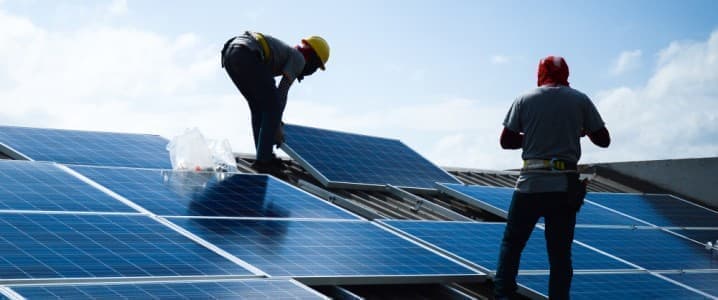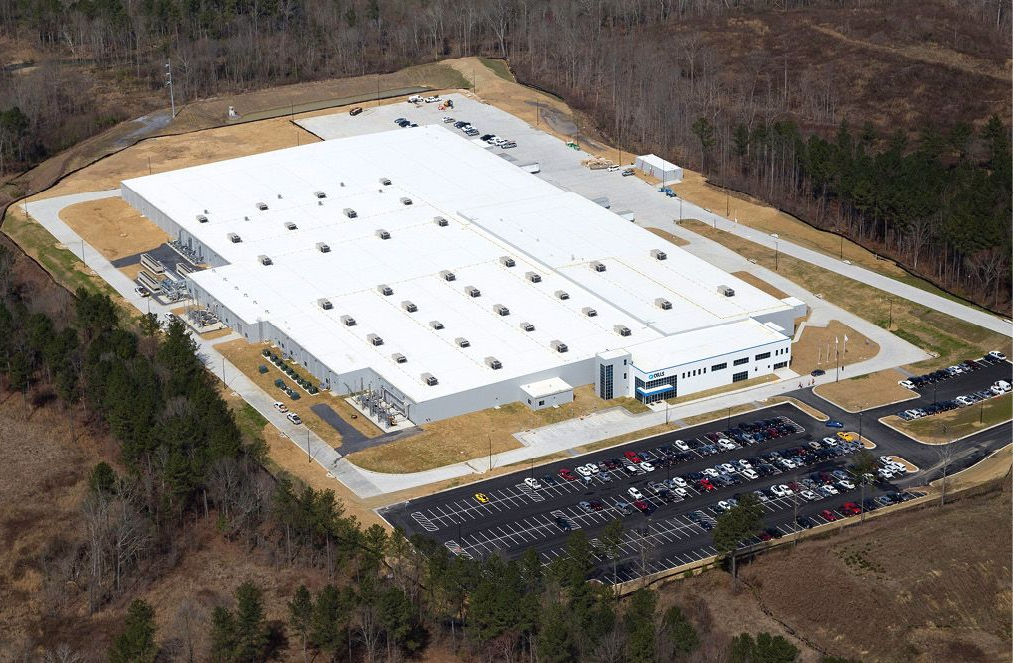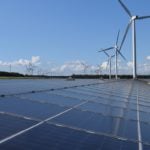Haley Zaremba
Haley Zaremba is a writer and journalist based in Mexico City. She has extensive experience writing and editing environmental features, travel pieces, local news in the…
More Info
Premium Content
By Haley Zaremba – Mar 17, 2025, 4:00 PM CDT
The expansion of clean energy in the United States is being hindered by complex bureaucratic processes and lengthy grid connection times.
New technologies, such as portable solar factories and robotic installation methods, are being developed to significantly reduce costs and speed up the deployment of solar energy projects.
To meet national emission reduction targets, the US needs improved grid infrastructure, streamlined policy support, and continued advancements in solar technology to compete with natural gas.
The United States clean energy revolution is tangled up in a sea of red tape and litigation woes. Complex bureaucratic processes, long wait times to connect to the grid, and local-level opposition has severely slowed down the buildout of utility-scale renewable energy projects across the country, dampening projections for the sector’s growth.
In 2024, the International Energy Agency issued a call to action for developed nations, urging them to simplify permitting processes for new renewable energy projects. ““It often takes as long or longer to obtain permits and licenses for large-scale renewable energy projects as it does to build them,” the IEA said in its report. “Slow, cumbersome bureaucratic procedures” also stand in the way of grid buildout, which will also be critical to support timely renewable expansion.
While the United States continues to break records with clean energy expansion – wind and solar energy overtook coal in the national energy mix for the first time ever in 2024 – these accomplishments are lower than what would be needed to achieve the nation’s target of cutting emissions by between 50 and 52 percent by 2030. “Experts once hoped that by the end of the decade the United States could generate up to 80 percent of its power with clean power, and Biden set it as a national goal,” the Washington Post reported last week. “Now, some wonder if the country will be able to reach even 60 percent.”
In order to course-correct, the United States needs far more grid infrastructure to cut down on grid connection times, greater policy supports and less red tape, and even lower prices to compete with natural gas, which currently takes up the lion’s share of the national energy mix. To be sure, solar energy is already affordable. In fact, the cost of solar photovoltaic (PV) modules has fallen by a jaw-dropping 99 percent over the last four decades. But continued technological advancements lessening the cost of solar development and installation could be a critical incentive for would-be investors, especially as the policy environment cools on renewables.
A new breakthrough project affiliated with MIT may be able to simultaneously solve two of the critical hurdles faced by solar energy. Charge Robotics, a start-up founded by MIT alumni, has designed a new solar energy installation model that could further slash the cost of solar while also cutting down on the lengthy wait times faced by new solar projects.
The team behind the start-up, which has its roots in surgical robotics, has designed portable solar energy factories which can be shipped out and set up on-site to facilitate efficient buildout of large-scale solar farms. “The company’s factories are shipped to the site of utility solar projects, where equipment including tracks, mounting brackets, and panels are fed into the system and automatically assembled,” MIT News describes of the process. “A robotic vehicle autonomously puts the finished product — which amounts to a completed section of solar farm — in its final place.”
Charge Robotics isn’t the only company looking to increasing the efficiency of solar energy expansion through the use of robotic and automated technologies. U.S. solar technology firm Terabase Energy recently raised a whopping $130 million to fund the scale-up of its Terafab solar project assembly line , which “uses robotics to improve module installation time and project efficiency.” the team behind Terabase notes that make solar more efficient to deploy has never been more urgent, thanks to the surge in energy from data centers across the U.S. as energy-hungry artificial intelligence picks up speed.
“We think of this as the Henry Ford moment for solar,” says Charge Robotics CEO Banks Hunter, quite aptly. “We’re going from a very bespoke, hands on, manual installation process to something much more streamlined and set up for mass manufacturing. There are all kinds of benefits that come along with that, including consistency, quality, speed, cost, and safety.”
By Haley Zaremba for Oilprice.com
More Top Reads From Oilprice.com
Trade War Fears Hit UK Manufacturing Sector International Steel Markets Brace for China’s New Regulations The Race for Rare Earths Heats Up in Central Asia
Download The Free Oilprice App Today
Back to homepage
Haley Zaremba
Haley Zaremba is a writer and journalist based in Mexico City. She has extensive experience writing and editing environmental features, travel pieces, local news in the…
More Info
Related posts
Leave a comment
https://oilprice.com/Alternative-Energy/Solar-Energy/MIT-Startup-Pioneers-New-Solar-Installation-Model.html





